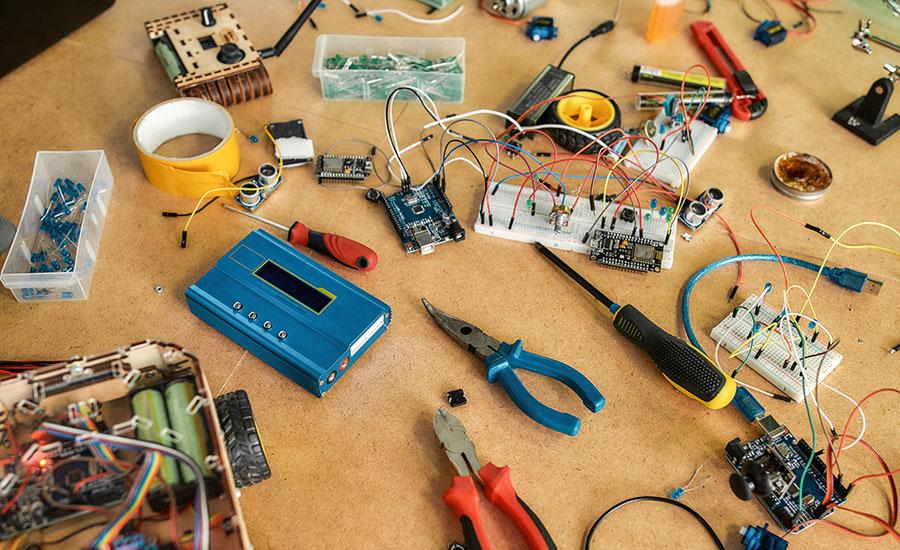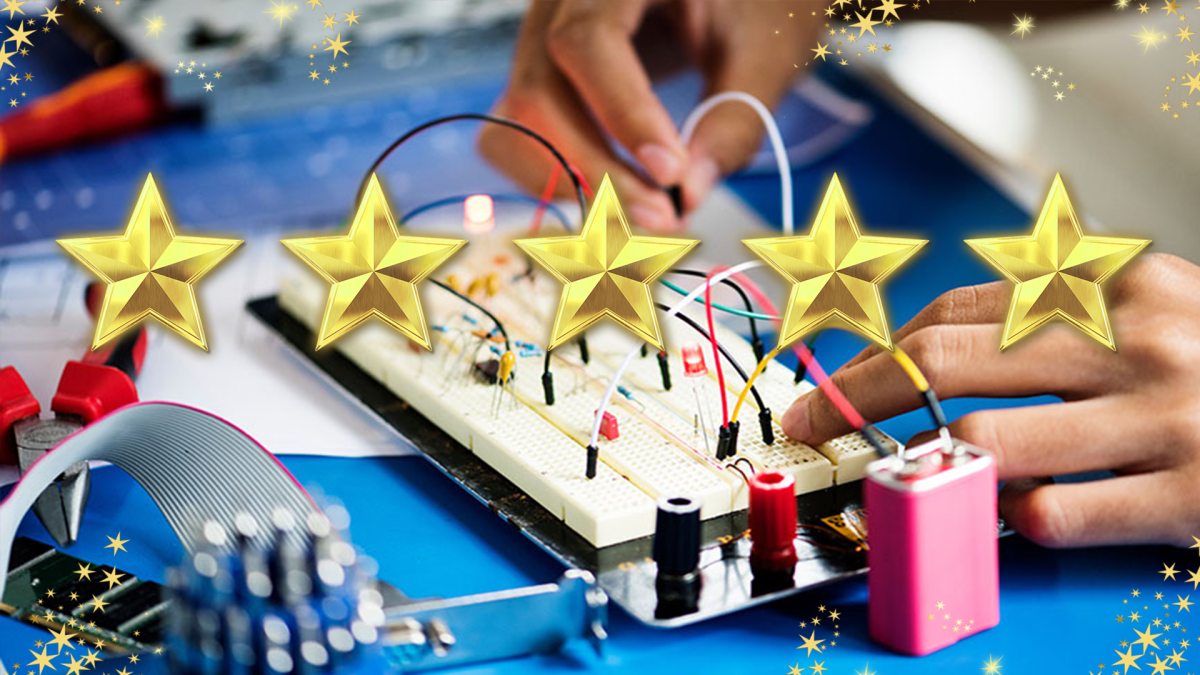Using "The Yummy Alphabet Book" as a read aloud/ discussion starter, students will investigate the growth and taste of cilantro by growing it from seed to compare/contrast the function, size, and
In this engaging lesson, students will learn about genetics and create their own characters in which they will find a mate and create an offspring. They will use traits and Punnett Squares to create
In this engaging lesson, students will research and design rhythm sticks. They will use them in music and PE class to exercise and create music with. This hands-on lesson incorporates multiple areas
This inviting lesson works in elementary/middle school classes. It’s ideal for independent centers & enrichment clubs. Additional challenges are easy to add. Check out my student Building Permit
Students will discover the hazards to humans in space and design a space suit to address those hazards.
Using the Binary alphabet, students will create secret messages that may be found on Valentine's candy hearts.
Students will use the Edison Robot as a base to create a robot capable of drawing a circle on a piece of paper. Design, modification, testing, and collaboration are all in the hands of the students
Students will build an ice snowman and a house for him to live in. They will collaborate to design a structure to keep him from melting. This project uses basic materials to study insulation and
Students will learn about engineering design and redesign. Students will collaborate and communicate effectively with their peers to plan and design a boat structure. They will build a clay and paper
In this lesson, students will participate in a hands-on activity to learn about area and perimeter while also learning about structures and functions of plants by designing a garden space that
This is a 3rd grade lesson plan in which the students explore how sound travels and causes vibrations in waves. The students will explore how difference in wavelength affects sound vibrations.
Students will explore the function of three different decomposers, take observational data and then analyze the data with questioning and explanation of the impact of decomposers on their environment.
Using prior knowledge of vertices, angles and sides, students will explore the traits of six shapes, polygons and non-polygons, and correctly categorize shapes with corresponding traits.
Using the Engineering Design Process, students work in teams to create a covered wagon that the Bee-Bot pulls as they program on a mat from Missouri to Oregon. Students are learning about the Western
For this lesson, students will learn about simple machines (wheel and axle). They will learn what they are and how they work. The students will then use criteria and constraints in order to
By exploring seeds and the effects of different planting patterns/depths on seed germination, students will conduct exploration of varying seed depths in soil and keep track of growth and traits over
This lesson helps kids have an understanding of how our eyes capture light. A camera captures pictures of objects using a similar way so in this experiment, kids will be making a camera using simple
After exploring recycling by reading "What a Waste" by Jess French and watching a video of Kenyan flip flop recycling project, students will gather recyclable materials from home and school to design
In the final part of A Light in the Dark (pt. 3 of 3), students create their solution to the problem based on their chosen theme. Students present their final solutions to be evaluated.
In this continuation of A Light in the Dark (pt. 2 of 3), students research their questions and consolidate their learning, then determine their next steps in the process to solve the problem.
This lesson introduces the unit exploring light pollution and possible solutions students can create. Students will explore what light pollution is. Students will determine next steps in the process.
This lesson takes this classic story and opens a door to the science that is hidden in what is happening in the environment. Students will dive into what a lion is, and their ecosystem. Art is also
This is the second part of a fun introduction to engineering. In this lesson, students will create a board game with recycled materials based on a story they have made. Link to 1st lesson and helpful
Featured Lesson Plans
Check out these notable lesson plans.

This is a great opportunity to show students that coding can be a lot of fun, and it doesn’t have to be scary. Many high school students with little to no prior coding experience often automatically

A Shocking Dystopia: STEM Adventures in The City of Ember Part 4 of 4: Where the River Goes
This lesson is PART 4 of a four-lesson unit, which focuses on futures thinking, the phenomenon of electricity, closed-system agriculture, and water as a renewable energy resource. “The City of Ember”

A Shocking Dystopia: STEM Adventures in The City of Ember Part 3 of 4: A Problem in the Greenhouse
This lesson is PART 3 of a four-lesson unit, which focuses on futures thinking, the phenomenon of electricity, closed-system agriculture, and water as a renewable energy resource. “The City of Ember”
